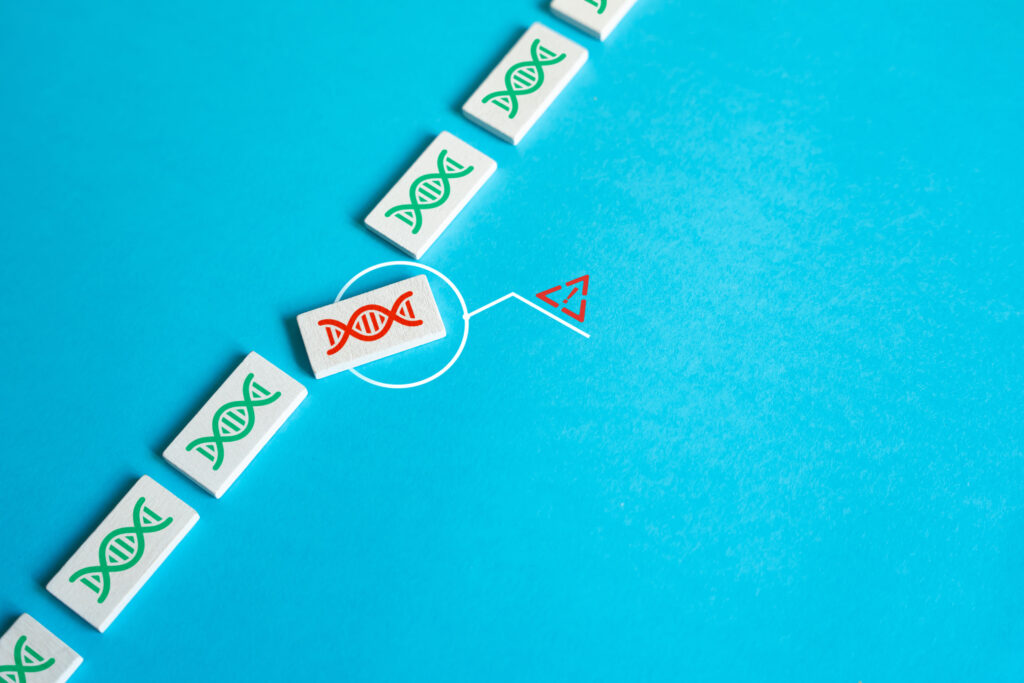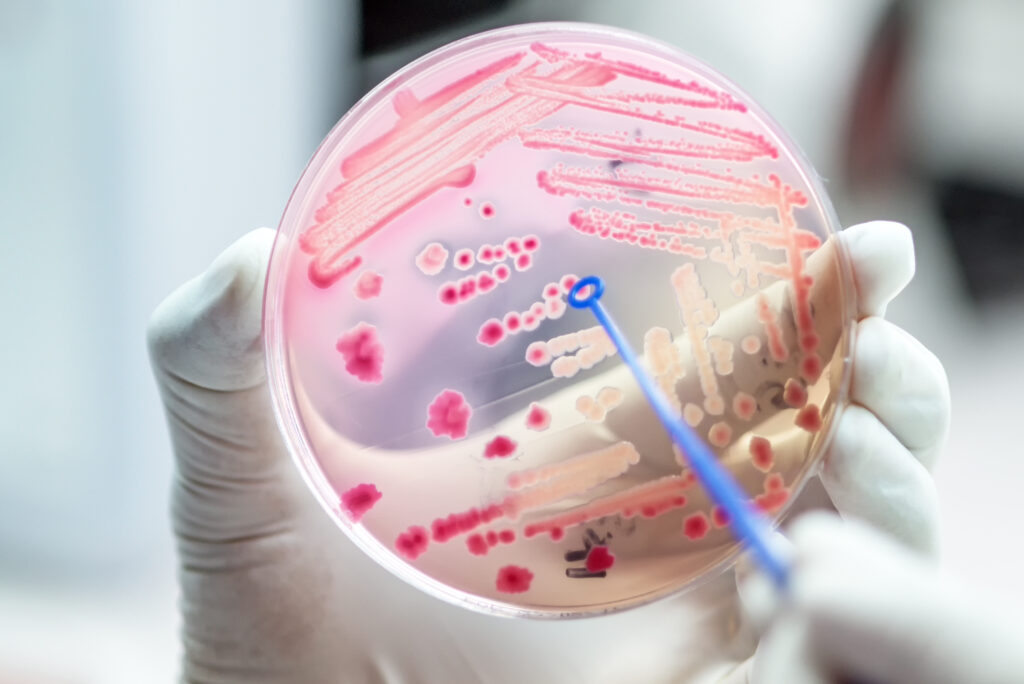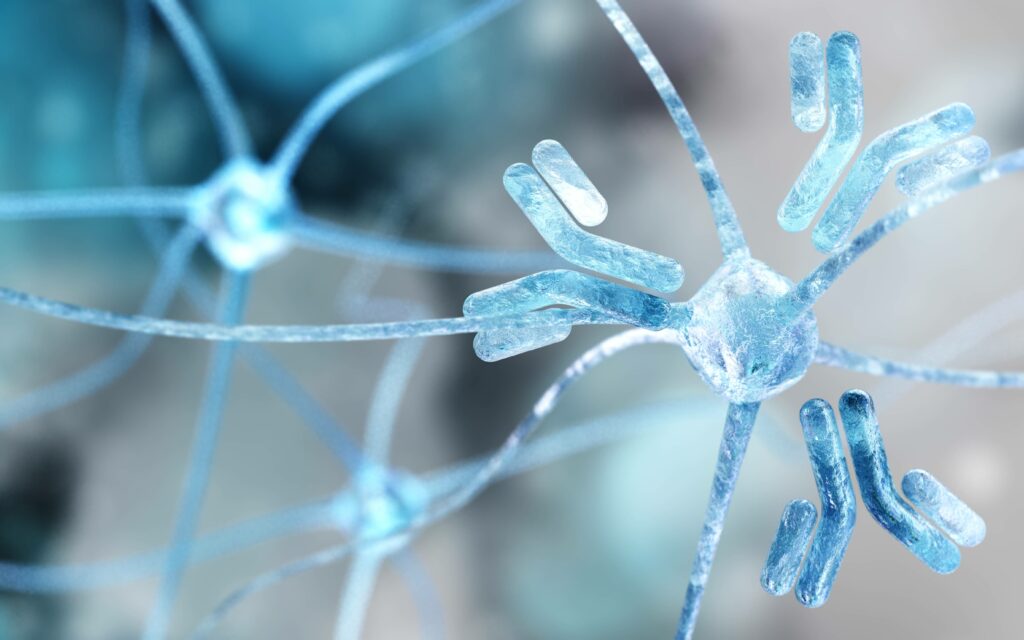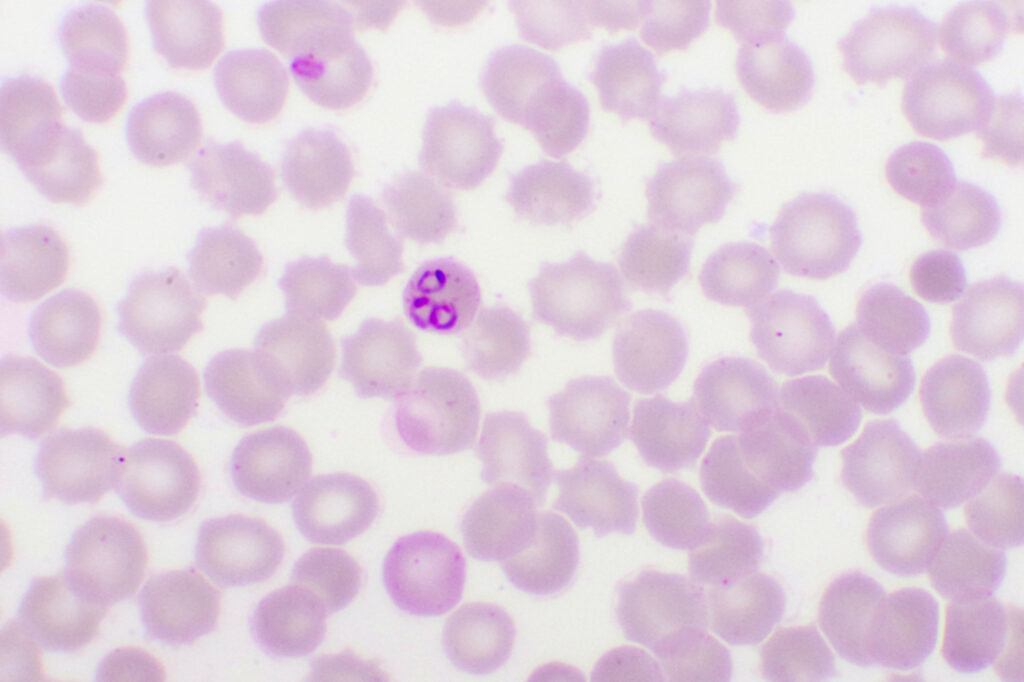
Nature publishes paper on the edge of evolution, Part 3
Nature has recently published an interesting paper which places severe limits on Darwinian evolution. The manuscript, from the laboratory of Joseph Thornton at the University of Oregon, is entitled “An epistatic ratchet constrains the direction of glucocorticoid receptor evolution”. ( http://tinyurl.com/yeq2cy8 ) The work is interpreted by its authors within a standard Darwinian framework, but the results line up very well with arguments I made in The Edge of Evolution. ( http://tinyurl.com/yba6vba ) This is the last of three posts discussing it. Bridgham et al (2009) are interested in the reversibility of evolution, and discuss their results in terms of something called “Dollo’s law.” Louis Dollo, an early 20thcentury paleobiologist, was interested in discerning phylogenies. He maintained that one could always distinguish ancestral forms from descendant Read More ›


